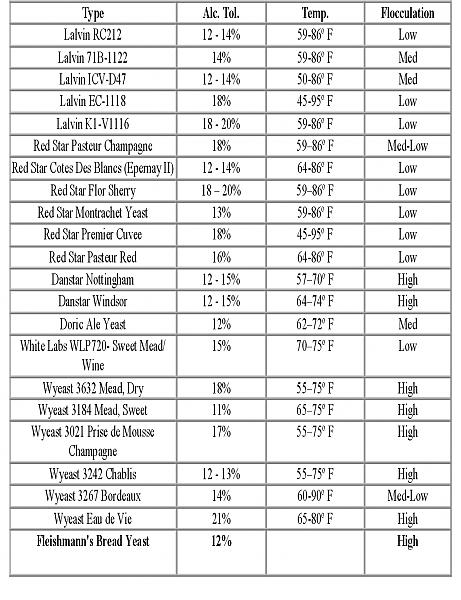Thor the Mighty
Well-Known Member
i have a belgian tripel going (thinking of making it a quad) and i noticed that although ive made it go through the other fermentations, there is a relitively high amount of sugar left in the gravity tests. if i pitched a little bit of champagne yeast (just happen to have some laying around) would that help at all?









































![Craft A Brew - Safale S-04 Dry Yeast - Fermentis - English Ale Dry Yeast - For English and American Ales and Hard Apple Ciders - Ingredients for Home Brewing - Beer Making Supplies - [1 Pack]](https://m.media-amazon.com/images/I/41fVGNh6JfL._SL500_.jpg)


















